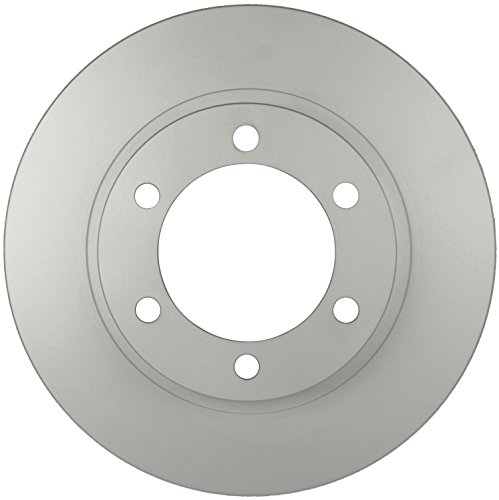Most people love fast cars, but in the real world it doesn’t really matter how many seconds a car takes to get to a certain speed. What really counts is how fast it stops, because that could potentially save the lives of you, your family, and fellow citizens on the road. Your brake rotors play a massive role in your car’s stopping power.
Most of the latest cars ship with high-quality brake rotors, but what most people don’t know is that they should be replaced after 50,000 miles or so, which means most cars on the road are probably overdue. But how can you buy the right brake rotors if you barely know anything about them? Don’t worry, we’ve got you covered. Here’s a carefully researched list of the highest-quality brake rotors of 2023.






